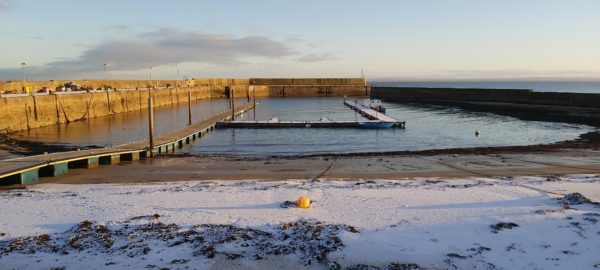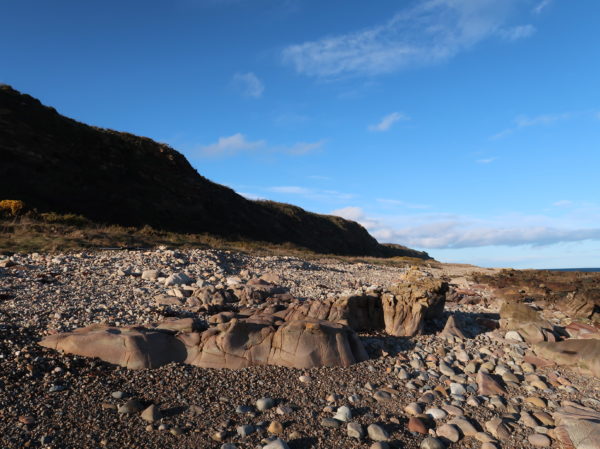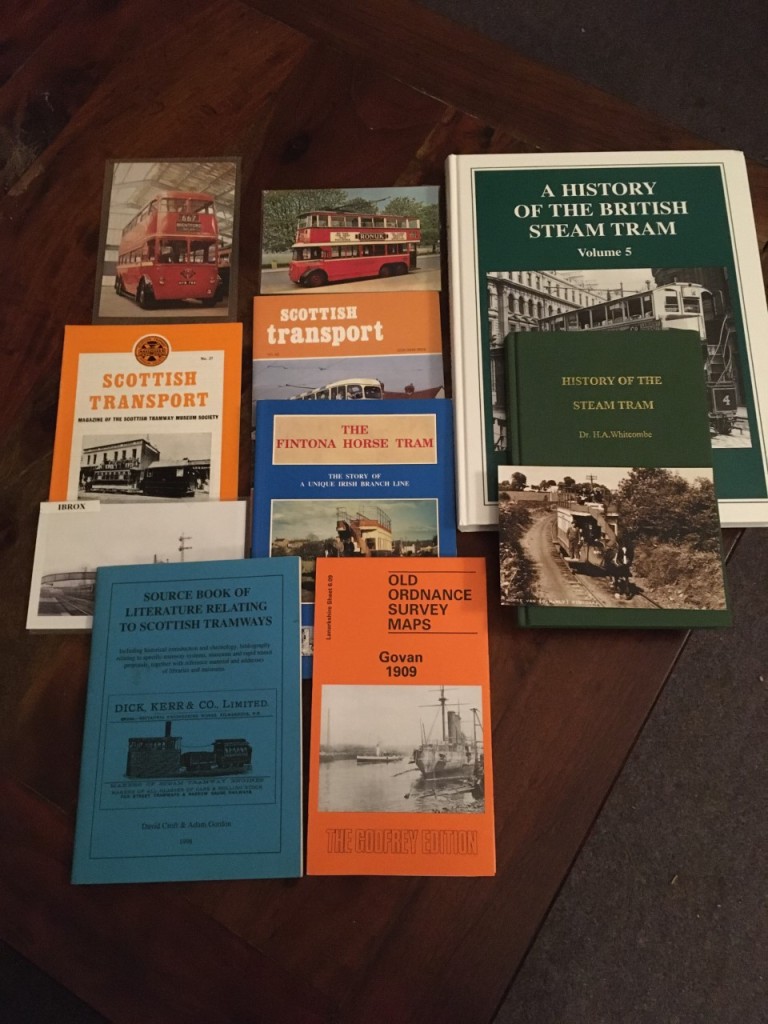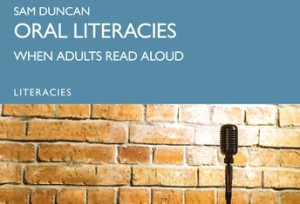
Gaelic on the Seaboard 8: Oh, it’s you that’s in it!
In our series so far on Gaelic as used on the Seaboard (7 articles already!) I’ve looked mainly at Gaelic words and phrases that were and often still are used in otherwise English conversations – things like strawlyach (stràileach) for seaweed, or eeshun (isean) for wee rascal, or porstan (portan) for a small crab. (Feel free to keep sending me these!)
This time and in the next one or two articles I’ll look at how the way Villages people speak or spoke English shows the influence of Gaelic too – in sentence structure or turns of phrase. Gaelic looks at the world slightly differently, reflecting the mindsets and lifestyles of our forefathers. Languages all do that, that’s the beauty of knowing at least bits of other languages – you realise there’s more than one way of seeing things. People learning a new language take time to absorb these differences, and often simply translate word for word from their mother-tongue, and that’s what happened with Gaelic-speaking generations picking up English – in my case, the generation of my grandparents. My granny’s speech was full of Gaelicisms that seemed quite normal to me as a child, and many of them were also used by the next generation (my parents), and some have continued up to now. It was only when I moved away from the Highlands that others pointed out how odd some of my turns of phrase were. As Gaelic lasted longer in the fishing villages than in the towns, these borrowed expressions also lasted longer in places like the Seaboard. They are what give local colour and richness to our way of speaking, so I’d hate to see them die out altogether.
In what???
I’m sure most locals, those of a certain age anyway, will remember the older folk opening the door to you and saying “Oh, it’s you that’s in it!” It never occurred to me to wonder “in what?” until non-Highlanders questioned it. In fact this is one of these Gaelic translations. The Gaelic for “in it” is “ann” (pronounced like the –own in down), and this word is also used for “there”. When there’s no specific place meant, the “in it” is actually “in existence” or “being”, so the Gaelic ann is used for here, there, present, available etc. It roughly does the same job as the English “There is….”, e.g. there’s plenty of tea. (English learners often ask, But where is “there”?) Gaelic would say Tha tì gu leòr ann, literally, Plenty of tea is in it/there/here/available.
Other typical examples of what you might have come across are: “Look at the mess that’s in it!” “It’s the truth that’s in it.” It’s a cold wind that’s in it.” “I thought it was thunder but it’s a plane that was in it.”
And a Black Isle resident told me her Culbokie grandparents would say things like “What’s in it for dinner?”
I also remember my dad saying of someone making a mess of some woodwork: “It’s no a joiner that’s in him!” Another direct translation from Gaelic. Gaelic defines someone’s identity, profession or nationality etc as being in them, part of their being. ‘S e saor a th’ ann. It’s a joiner that’s in him.
It’s a nurse that’s in her. It’s Americans that was in them. It’s a lovely kind woman that was in her. It’s nothing but a rogue that’s in him!
In other words, scratch their skin and underneath you’ll find a joiner/nurse/American etc inside.
It’s… that….
You can see a pattern emerging here too in the sentence structure: It’s … that…..
Gaelic doesn’t just use this format with ann, in it etc, to define things or say what’s there, but to give the key element more clarity or emphasis. ‘S e motor-baic a th’ aige, chan e càr. “It’s a motorbike that he has, not a car.” Instead of the more neutral “He has a motorbike, not a car”. Similarly, “It’s the creels that he’s at just now.” “It’s Aberdeen he’s in, isn’t it?”
Here’s one I heard fairly often as a child: “It’s a skelp that she’s needing!” And I was also given these: “It’s only lining his pockets he was.” And “It’s the truth I have!” – a story-teller defending herself against disbelief.
Yourself, itself
Sometimes you’d hear “Oh, it’s yourself that’s in it” as a more emphatic recognition at the door. Gaelic doesn’t stress words by increasing their volume as in English, but by placing them in an emphatic position, e.g. after It’s…”, and / or by adding an extra element to them, usually “self” (fhèin). “It’s yourself that’s the daft one!” “It’s himself that told me.”
This was also applied to things, not just people, usually in the sense of “even”. “He wouldn’t wear the jacket itself to church!” – he wouldn’t even wear a jacket. “You couldn’t get butter itself in the shop.” Another one I was given: “he couldn’t sleep in the house itself,” – not even in the house.
That will do for this time, but I’d be delighted if it jogged any memories or made you keep your ears open for similar examples, and for other expressions that maybe sound odd to non-local ears. Keep them coming! Thanks!

Tadhail air seaboardgàidhlig
Powered by WPeMatico










